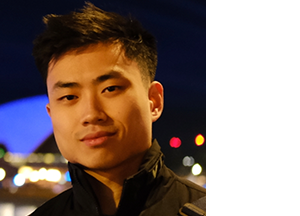 Quantum phenomena such as tunnelling manifest in devices when the latter are scaled down to the nanoscale regime. Exploiting these effects in functional ferroic materials results in a new paradigm of memory devices, revolutionising current computer architecture.
Quantum phenomena such as tunnelling manifest in devices when the latter are scaled down to the nanoscale regime. Exploiting these effects in functional ferroic materials results in a new paradigm of memory devices, revolutionising current computer architecture.
Indeed, the latter is plagued by the Von Neumann bottleneck, where the physical separation between computing and memory units leads to an inherent latency. One standout solution is the ferroelectric resonant tunnelling diode (FRTD) where quantum resonant tunnelling in conjunction with the resistive switching of ferroelectrics shows great promise in non-violate memory capabilities for quantum technologies.
We would like to explore a room temperature multiferroic BiFeO3 (BFO) as a candidate for FRTDs. This project aims to fabricate a FRTD heterostructure of BFO/SrRuO3/BFO using pulsed laser deposition. Further characterisation will be done using x-ray diffraction and scanning probe microscopy.
We will evaluate BFO as a suitable material for FRTDs by investigating the key properties of FRTDs necessary for quantum computing: modulation of the negative differential resistance and large OFF/ON resistance ratios. Successful implementation of BFO in a FRTD will facilitate neuromorphic computing, allowing a singular unit to carry out both computation and memory. Therefore, ferroelectric quantum technologies can pave way for low-energy, high-speed computing.
About the presenter
Gordon Luo is a PhD student at UNSW working with CI Nagarajan Valanoor.
